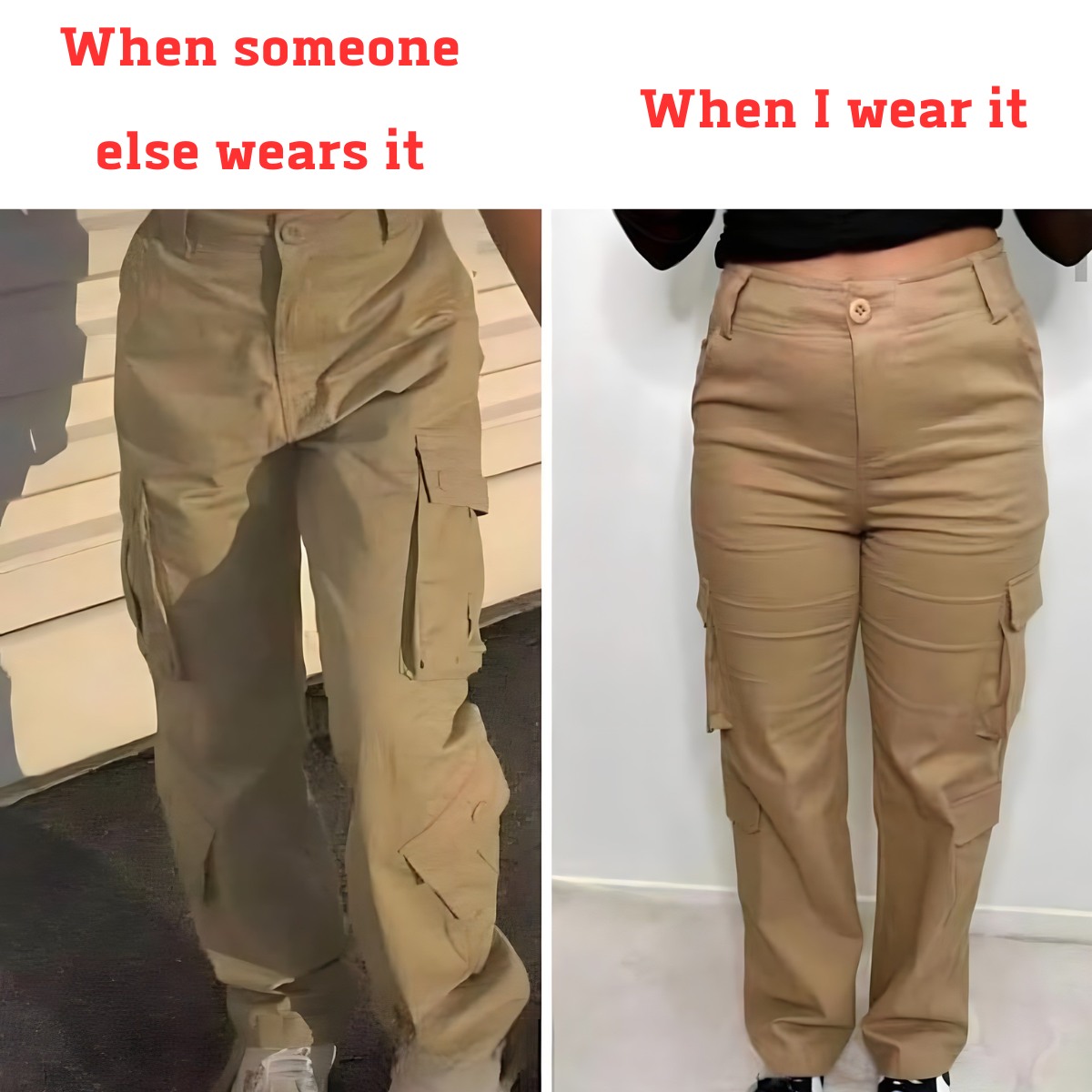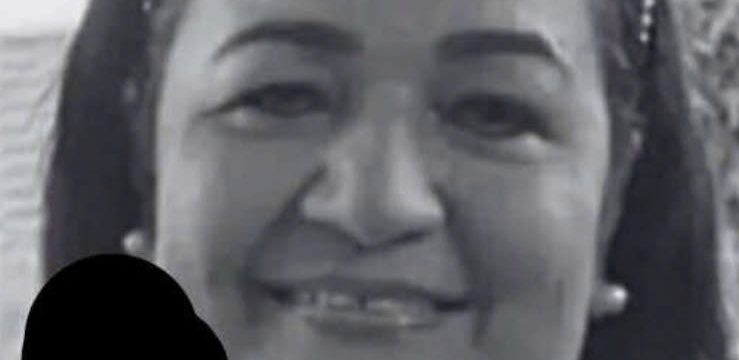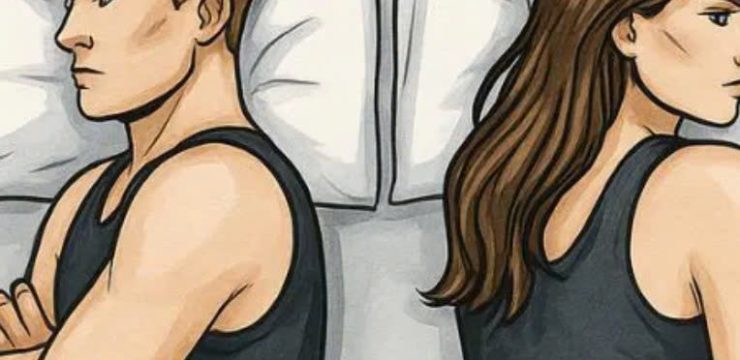Have you ever tried on an outfit that looked breathtaking on a model, only to find yourself feeling less than impressed when you put it on? If so, you’re not alone. It’s a common experience, and the reason often lies in a combination of factors that influence how clothing fits and appears. While it’s easy to feel discouraged, understanding these elements can help you make better fashion choices and embrace your unique style with confidence.
1. Differences in Body Shape and Weight

One of the most significant reasons clothing may not look the same on you as it does on a model is the difference in body shape and weight. Models are typically chosen to display a specific aesthetic that aligns with a designer’s vision. Their tall, lean frames often emphasize the cut and flow of garments in a way that doesn’t translate perfectly to other body types.
For instance, a flowing maxi dress that looks effortlessly chic on a slender model might cling differently on someone with a curvier figure. This doesn’t mean the dress isn’t for you—it simply highlights the importance of tailoring and choosing styles that complement your shape. Understanding how specific cuts and fabrics interact with your body can make a world of difference. You’re not trying to replicate the model; you’re making the outfit your own.
2. Body Proportions and Posture
Beyond overall weight and shape, body proportions can have a significant impact on how clothing fits. Factors like torso length, leg-to-hip ratio, and shoulder width can dramatically alter how a garment sits on your body. Models often have proportions that designers find ideal for showcasing their creations, but these proportions don’t represent the majority of people.
Additionally, posture plays an underrated role in how clothing appears. Models are trained to pose in ways that enhance the look of the garment, emphasizing its best features. A slight shift in posture can change the drape of a blouse or the line of a dress. While you might not have a runway coach, standing tall and experimenting with your stance can make an outfit appear more flattering. If necessary, small alterations can also adapt the garment to suit your proportions better.
3. The Role of Confidence and Personality
What sets models apart isn’t just their body type—it’s their confidence. A model’s ability to wear an outfit with self-assurance and poise often elevates the clothing’s appeal. On the flip side, if you feel uncomfortable or unsure in what you’re wearing, it can show, detracting from the overall look.
Fashion is as much about attitude as it is about aesthetics. The key is to choose clothing that resonates with your personality and makes you feel at ease. When you feel good about what you’re wearing, it radiates outward, and the outfit naturally looks better. Confidence truly is the best accessory.
4. Professional Styling Makes a Difference
Another crucial factor is the professional styling that goes into making a model look flawless. Models don’t simply throw on an outfit and head out the door; they are supported by a team of stylists, makeup artists, and photographers who meticulously refine every detail. From the accessories to the lighting, everything is designed to maximize the garment’s visual impact.
Recreating a runway or editorial look at home might not involve a professional team, but you can still borrow some of these techniques. Experiment with accessories, layering, and different styling methods to elevate the outfit. A simple scarf, statement necklace, or well-chosen belt can completely transform a look, helping you achieve a polished appearance that feels authentically yours.
5. The Power of Tailoring
Tailoring is the secret weapon behind many great outfits. Rarely does a garment fit perfectly off the rack, even for the models themselves. Tailoring ensures that the clothing aligns with your unique proportions, turning a generic piece into something that looks custom-made.
Simple adjustments, like taking in the waist, hemming pants, or shortening straps, can dramatically improve the fit and feel of a garment. Investing in tailoring can turn an outfit that feels “just okay” into one that makes you feel like it was designed specifically for you.
Embrace Individuality Instead of Comparison
It’s easy to fall into the trap of comparing yourself to models and wondering why the same outfit doesn’t look identical on you. However, it’s important to remember that models are chosen and styled to present an idealized version of the clothing. Their look is not the standard—it’s just one interpretation.
Instead of striving to look like someone else, focus on celebrating what makes you unique. Experiment with styles that flatter your body type, invest in pieces that make you feel confident, and embrace the opportunity to express your personality through fashion. The goal isn’t to replicate the model; it’s to create a version of the look that works for you.
Conclusion
When an outfit doesn’t look the same on you as it does on a model, it’s not a failure—it’s an opportunity. Differences in body shape, proportions, styling, and confidence all contribute to how clothing appears. By understanding these factors and tailoring outfits to your needs, you can create looks that not only suit you but also make you feel amazing. Fashion is about individuality, so embrace your uniqueness and wear it with pride.





